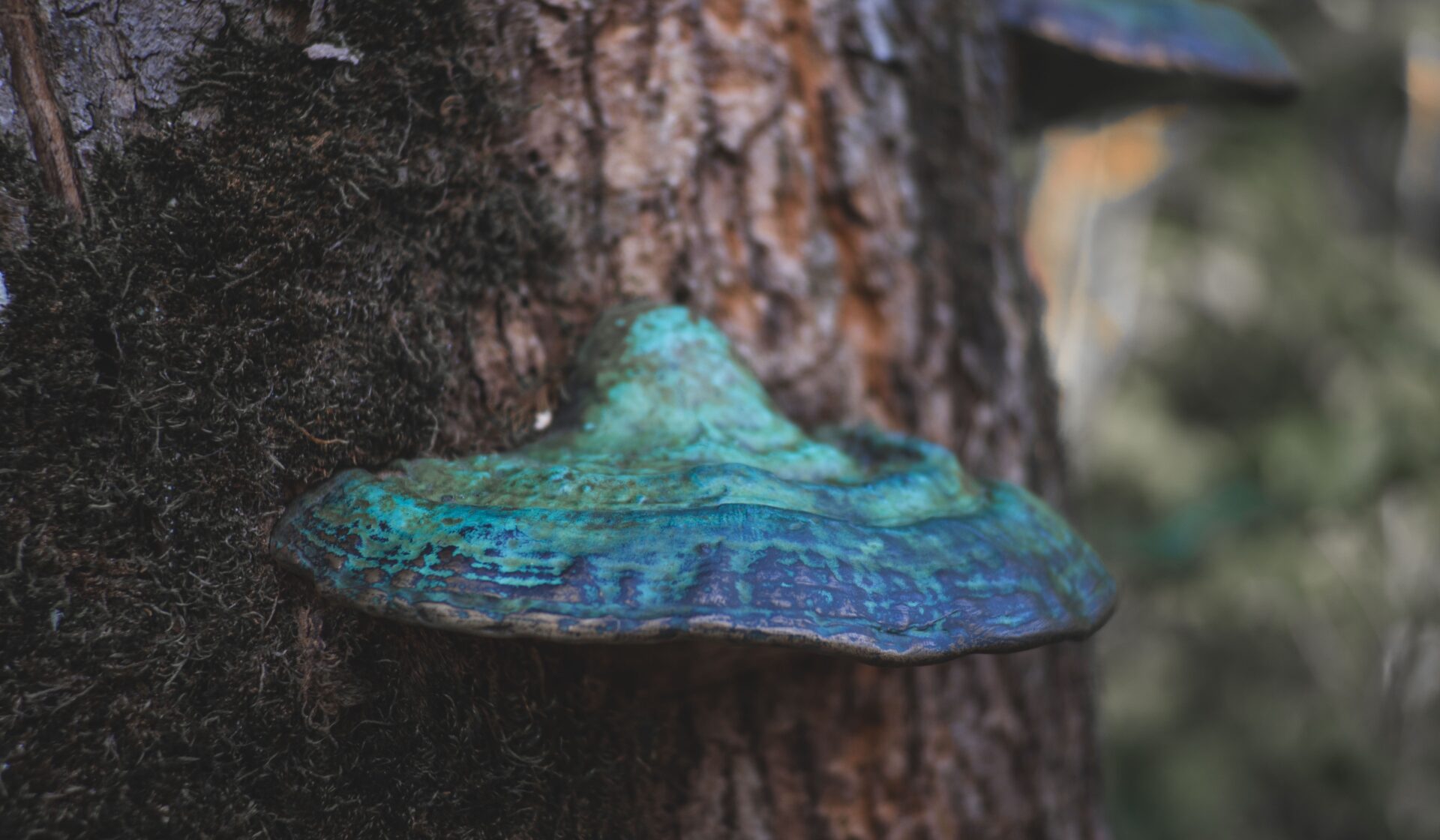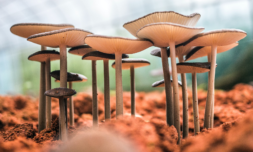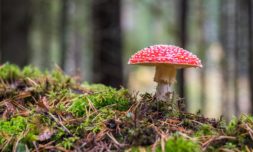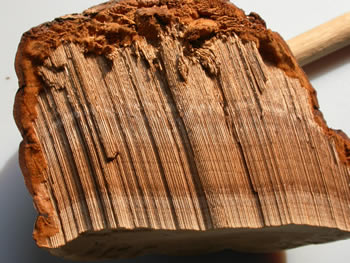Researchers are studying the molecular structure of fomes fomentarius, a fungus with the remarkable ability to yield a wide range of materials with different properties.
If you’re familiar with my writing, by now I’m sure you’re well aware of my deep-rooted obsession with all things mycelium.
This is pretty understandable, given the amount of recent findings proving that there’s very little these fantastic fungi can’t do.
From communicating with ‘words’ (as though they weren’t magical enough) and acting as a pillar for toxic waste clean ups, to offering a new – eco-friendly – way to be buried and becoming a mainstay of modern medicine, skincare, and sustainable fashion, the 21st century has seen mushrooms take centre stage.
Despite their promise, however, you probably wouldn’t think of these delicate organisms as a biodegradable alternative to plastic.
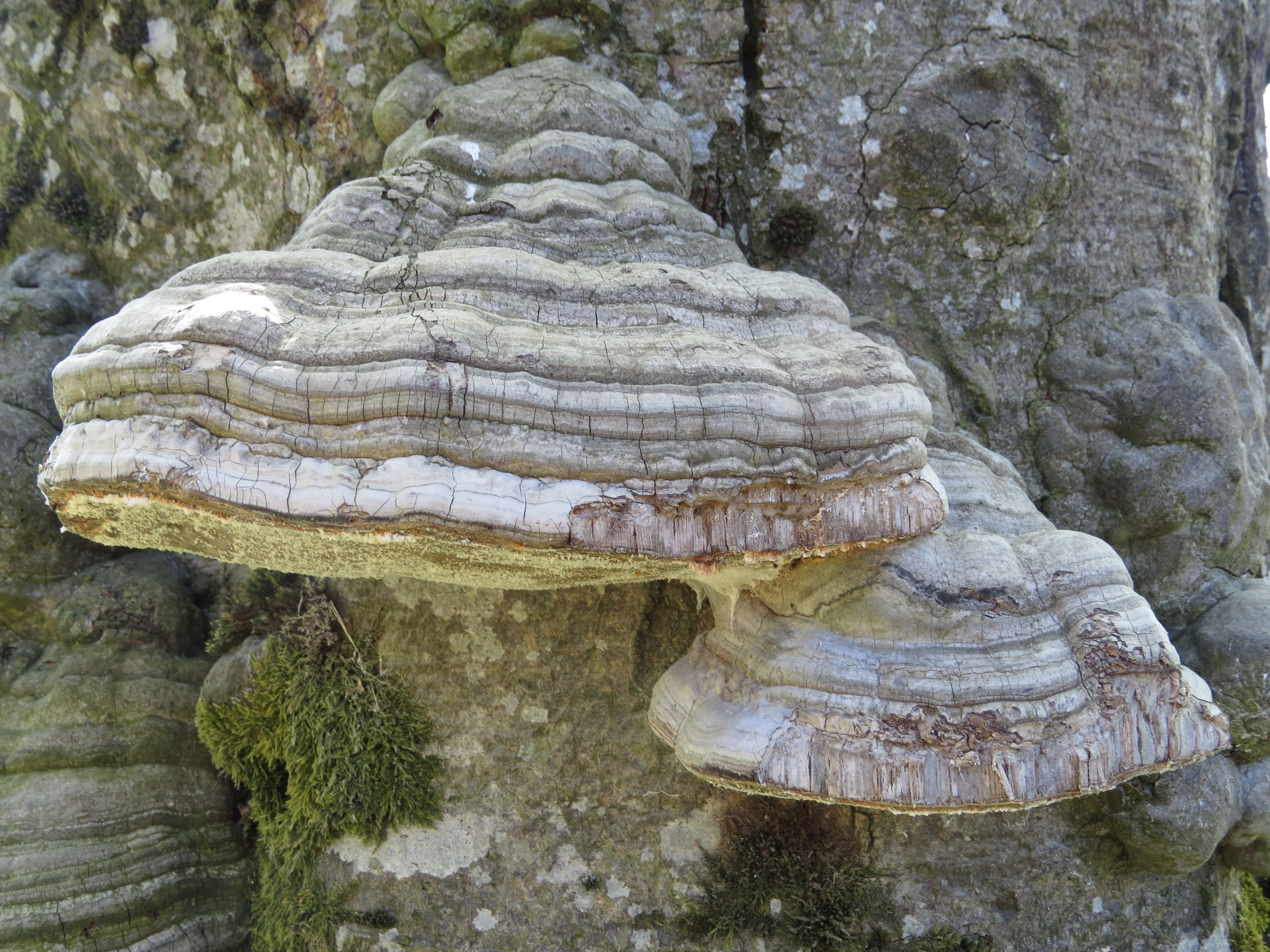

According to new research, the fomes fomentarius fungus may hold the keys to producing new materials that could one day replace plastic altogether.
Published in Science Advances, the study suggests that the fungus which grows on the rotting bark of trees has the remarkable ability to yield a wide range of materials with different properties. These include soft, spongelike, tough, woody, you name it.
Having studied its molecular structure and assessed its engineering possibilities, the team believe that F. fomentarius offers a viable path towards bio-derived plastics that mimic its composition.
‘F. fomentarius fruiting bodies are ingeniously lightweight biological designs, simple in composition but efficient in performance,’ it reads.
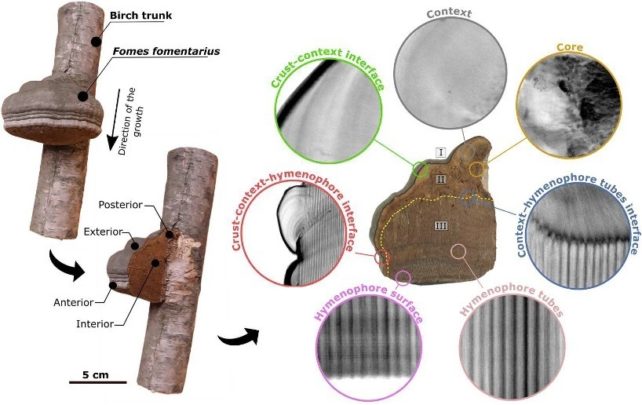

‘Growing the material using simple ingredients is an alternative solution to overcome the cost, time, mass production, and sustainability of how we make and consume materials in the future.’









